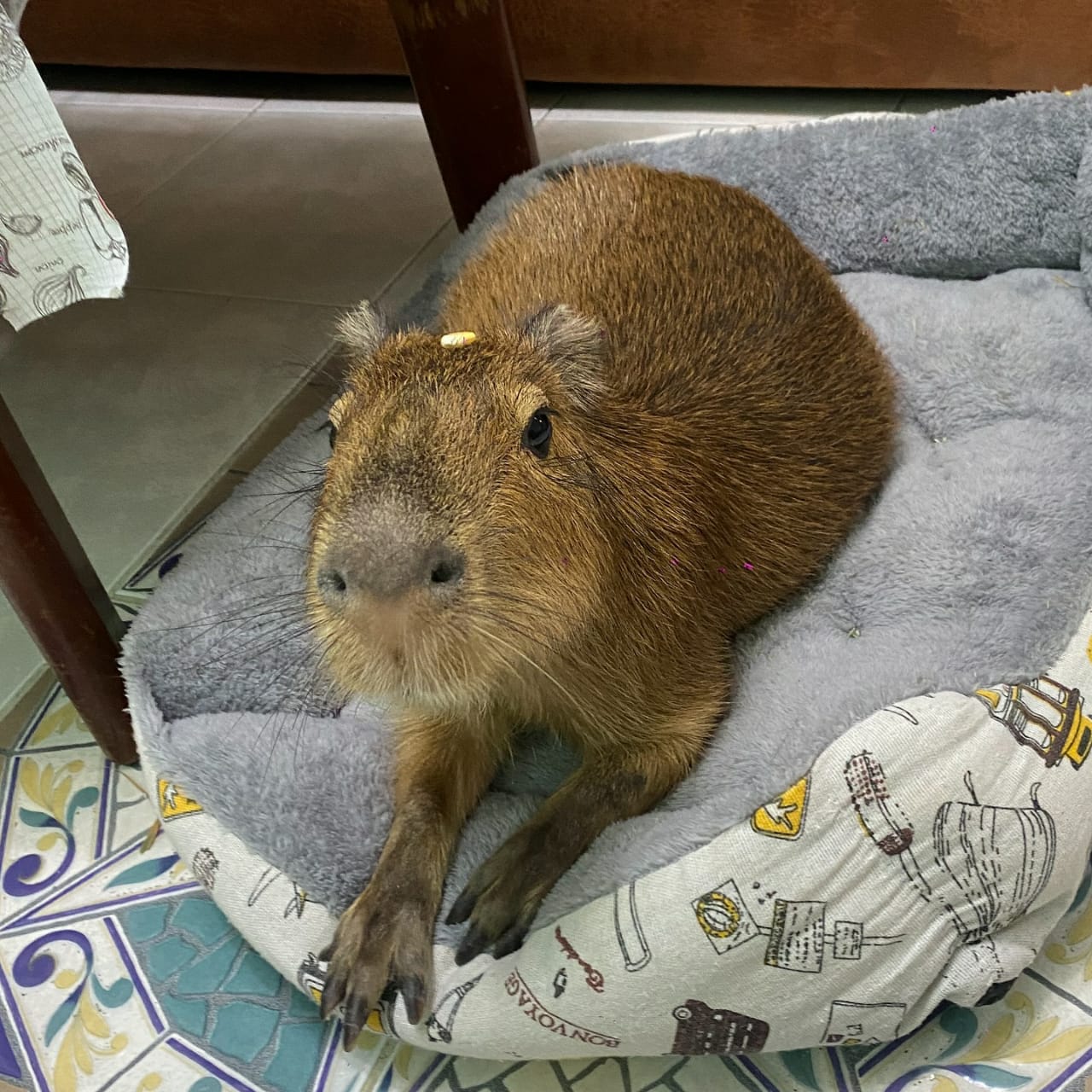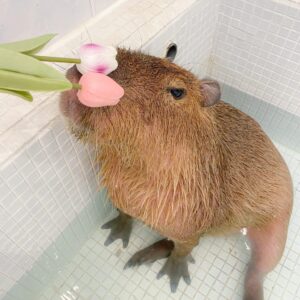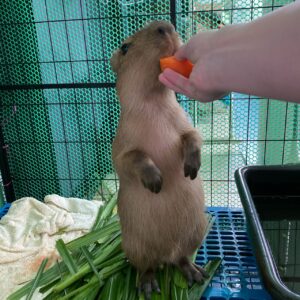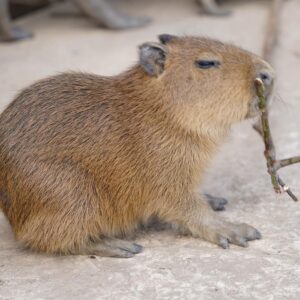Capybara social behavior
$3,200.00 Original price was: $3,200.00.$2,800.00Current price is: $2,800.00.
Capybara social behavior
Capybara Social Behavior at 16 Weeks Old: Understanding Group Dynamics and Breeding Habits
Capybara social behavior. At 16 weeks old, capybaras exhibit a fascinating blend of independence and social behavior as they continue to grow and adapt within their groups. Capybaras are inherently social creatures, and their behavior at this stage reflects their increasing interaction with their family and peers. This period marks an important phase in their development as they begin to exhibit more complex social behaviors and prepare for future group breeding dynamics.
Social Behavior and Group Dynamics
Capybaras are known for their highly social nature, and by 16 weeks, they start to engage more actively within their group. They seek comfort in the presence of others and thrive in family groups, which can range from 10 to 20 members. The bonding process between capybaras strengthens during this time, as they interact through grooming, vocalizations, and playful behavior. This herd behavior is essential for capybara survival, providing protection against predators and helping each member learn essential skills for life.
Communication and Interaction in the Herd
At 16 weeks, capybaras are well into their learning stages, mastering communication with their group. They produce various vocalizations, including purrs, whistles, and barks, to express emotions and signal danger. These sounds serve as both bonding tools and protective measures, helping the group stay connected and respond to threats. Non-verbal communication through body language, such as grooming and posturing, further strengthens relationships within the group.
Breeding Behavior and Group Mating Dynamics
Though not sexually mature until later in life, capybaras begin to exhibit early breeding behaviors at 16 weeks. Female capybaras often display receptive behavior within the group, and males begin to show signs of dominance during mating seasons. Capybaras practice group breeding, where multiple males may compete for the attention of females, leading to a complex but cooperative mating system. As capybaras mature, these social and breeding behaviors become more pronounced, ensuring genetic diversity within the herd.
Conclusion
At 16 weeks old, capybaras are far from their adult stage, yet they begin to display behaviors that set the foundation for their lifelong social interactions and group dynamics. Their friendly nature, early engagement with herd members, and developing reproductive behaviors contribute to the social structure that supports the capybara species. Whether playing, grooming, or interacting in the wild, these adorable rodents continue to form strong social bonds that remain vital throughout their lives.
Be the first to review “Capybara social behavior” Cancel reply
Related products
Uncategorized
16 weeks old
16 weeks old
16 weeks old
8 weeks old
16 weeks old
16 weeks old












Reviews
There are no reviews yet.